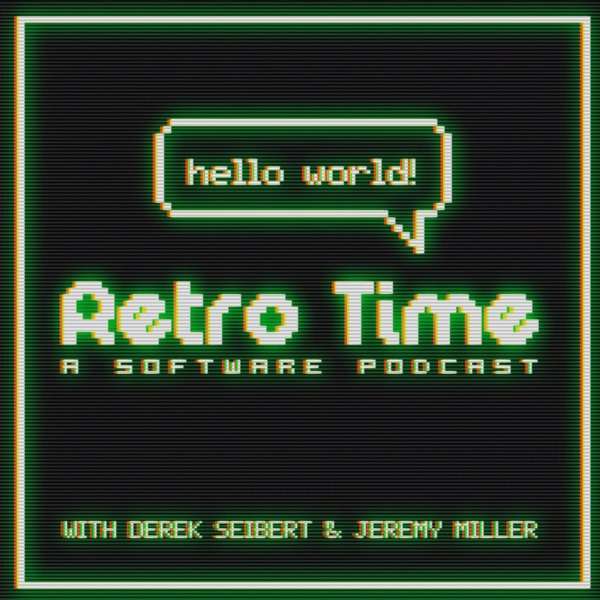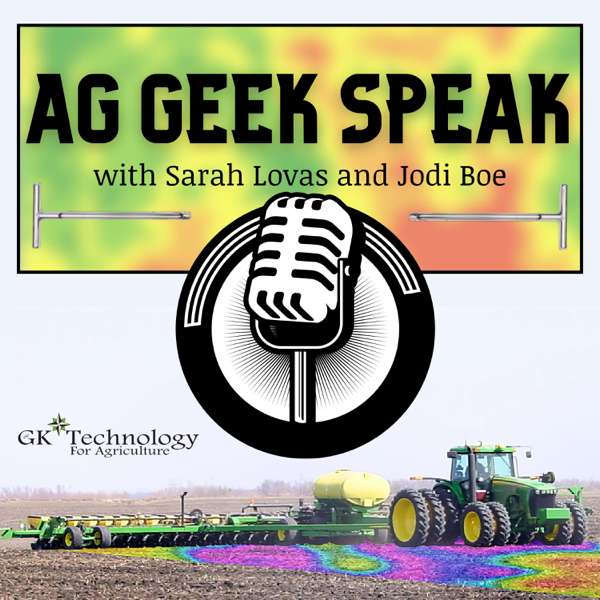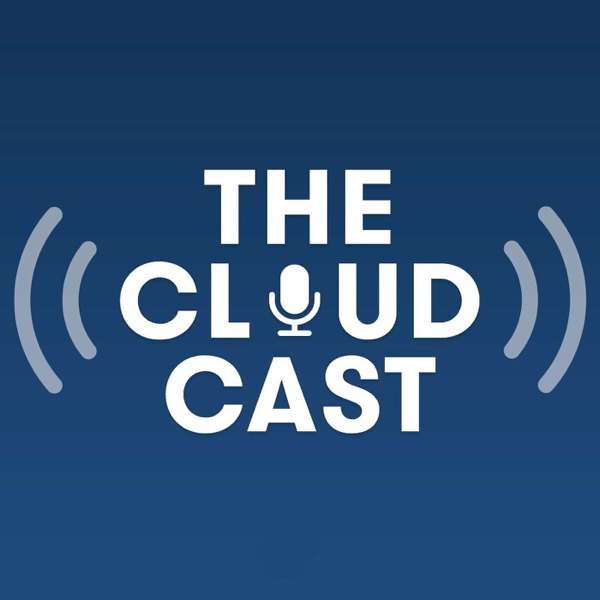Liner Notes
To learn more about Internet Safety, go to the START HERE document where you can watch videos, download resources and more.
To learn more about joining the Big Mama’s House Fan Club go to www.Patreon.com/BigMamasHouse
------------------------------------------------------------
Episode Highlights
- How the pandemic has impacted time management
- Lessons learned from the stay at home order
- We are all expendable
- Time is the only constant in life
- Time is the only currency that matters
- Allocating our “time expenses”
- Dunkin Donuts coffee versus Starbucks coffee
- Increased content consumption because of the pandemic
- Increased device time because of the pandemic
- Why I can’t watch national morning shows anymore
- How news delivery had changed our tolerance for facts
- The impact of device time on young brains
- Children born between 1995 and 2012 are the loneliest people on the planet
- How loneliness can shorten your life span
- Rising rates of depression among children
- Social media use increases rates of depression and anxiety
- Screen time is linked to diminished mental health
- Reading on PAPER improves mental health outcomes and improves development and health of physical structures in the brain
- How device use impacts sleep among teens
- Impact of device time on the brain development of preschoolers
- Impact of device time on long-term development of 8 to 12 year olds
- How smartphone use among adolescents may trigger ADHD like symptoms and changes the brain
- How screen-based activities make teens less happy
- The Unlonely Project and using creative pursuits and bibliotherapy to improve mental health
- Tips and tricks for parents to improve the mental health of their children
- Tips and tricks for educators to improve the mental health of their student
------------------------------------------------------------
Sources
Horowitz-Kraus, Tzipi, and John S. Hutton. “Brain Connectivity in Children Is Increased by the Time They Spend Reading Books and Decreased by the Length of Exposure to Screen-Based Media.” Acta Paediatrica, vol. 107, no. 4, 2017, pp. 685–693., doi:10.1111/apa.14176.
Hutton, John S., et al. “Associations Between Screen-Based Media Use and Brain White Matter Integrity in Preschool-Aged Children.” JAMA Pediatrics, vol. 174, no. 1, 2020, doi:10.1001/jamapediatrics.2019.3869.
Leventhal, Adam M., “Digital Media Use and ADHD Symptoms” JAMA. 2018 12 25; 320(24):2599-2600.
Meldrum, Ryan.C, J.C. Barnes, and Carter Hay. “Sleep Deprivation, Low Self-Control, and Delinquency: A Test of the Strength Model of Self-Control.” Journal of Youth and Adolescence 44.2 (2013): 465-77.
Ryan, Richard M., Deci, Edward L. “Self-Determination Theory and the Facilitation of Intrinsic Motivation, Social Development, and Well-Being,” American Psychologist, January 2000.
Schrobsdorff, Susanna. “Anxiety, depression, and the modern adolescent.” Time, November 7, 2016.
Tarokh, Leila, Jared M. Saletin, and Mary A. Carskadon. “Sleep in adolescence: Physiology, cognition and mental health.” Neuroscience & Biobehavioral Reviews 70 (2016): 182-88.
Telzer, Eva H., Andrew J. Fuligni, Matthew D. Lieberman, and Adriana Galvan, “The effects of poor quality sleep on brain function and risk taking in adolescence.” NeuroImage 71 (2013): 275-283.
Twenge, Jean M. IGen: Why Today's Super-Connected Kids Are Growing up Less Rebellious, More Tolerant, Less Happy--and Completely Unprepared for Adulthood: and What That Means for the Rest of Us. Atria Paperback, 2018.
Weinberger, Jesse The Boogeyman Exists: And He’s In Your Child’s Back Pocket, 2nd ed.OvernightGeek, 2019
Hosted on Acast. See acast.com/privacy for more information.

 Our TOPPODCAST Picks
Our TOPPODCAST Picks  Stay Connected
Stay Connected







